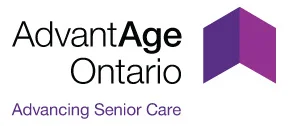The Post-COVID Surge in PSW Education: Opportunity or Oversupply?
The COVID-19 pandemic shone a spotlight on the critical role of Personal Support Workers (PSWs) in our healthcare system. In response, governments and educational institutions rapidly expanded PSW training programs, aiming to address urgent staffing shortages in long-term care and community settings. Funding flowed, tuition was subsidized, and seats in PSW courses multiplied across Ontario and Canada.
Fast forward to today: thousands of new graduates have entered the workforce, but many are now facing a new challenge—finding stable, full-time employment.
Why the shift? During the pandemic, emergency funding and increased demand created a surge in PSW job openings. Now, as the crisis has eased and funding returns to pre-pandemic levels, the job market has become saturated. Many facilities have filled their immediate needs, and some temporary positions have ended. The result is a highly competitive landscape where new PSWs—despite their training and passion—are struggling to secure full-time hours.
This influx has also changed the expectations for both employers and job seekers. Employers can now be more selective, often seeking candidates with additional experience or specialized skills. Meanwhile, PSWs are navigating a market where part-time, casual, or contract roles are more common than the full-time positions many hoped for.
What does this mean for new and aspiring PSWs? Flexibility, continued learning, and networking are more important than ever. Exploring opportunities in home care, private agencies, or rural communities can open doors that traditional long-term care facilities may not. For employers and policy makers, it’s a reminder that workforce planning needs to look beyond crisis response to long-term sustainability and support for those entering the field.
The post-COVID surge in PSW education was a vital and necessary step—but now, ensuring meaningful employment for these essential workers is the next challenge we must address together.




